A complete collection of coffee roasting techniques | the purpose of coffee roasting and the characteristics of coffee beans
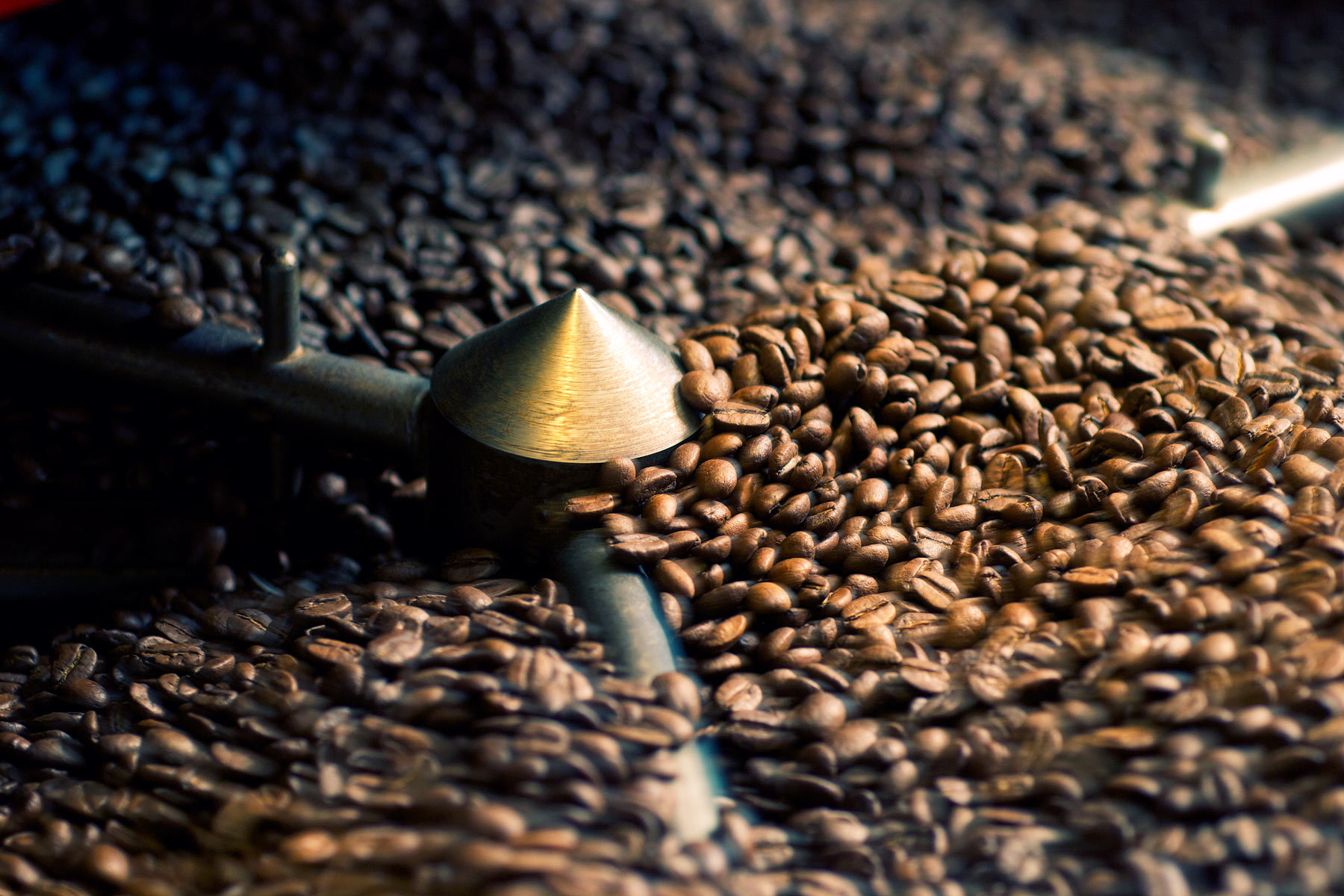
For professional baristas, please follow the coffee workshop (Wechat official account cafe_style)
The purpose of ● baking is to explore the most suitable "baking degree".
"things that must be baked before eating include cocoa beans, peanuts, almonds, ginkgo biloba, soybeans and so on. Among them, the baking of coffee is very special. Sometimes it's even fried until it's dark. The temperature is 190-250 ℃. Nothing can be fried so hot except coffee. Nuts are only about 150 ℃. In fact, if you don't fry at high temperature, the coffee will not taste good. Under the influence of Arabs, the deep-baked fertile world was discovered by Islamists. "Mr. Danbu illustrates the particularity of coffee roasting in this way.
As mentioned before, the fruit of coffee cherry is sweet, but the coffee bean as a seed is very boring, and the seed itself is not edible whether fried or barbecued. It may be an exaggeration to say that it is inedible. Although it is not inedible, it is by no means delicious. If baked beans, sprinkled with sugar or made into milk jelly, it will become very delicious. However, if eaten raw, it will be prohibitive.
However, once baked, the ingredients in raw beans will change chemically, giving off an indescribable aroma. Then we learned from our ancestors how to crush and extract the essence of baked beans.
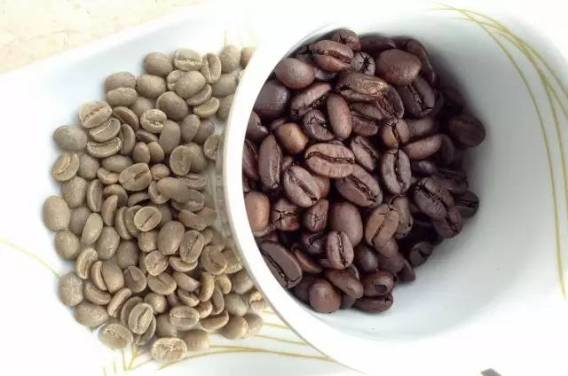
Next, I would like to talk about "what is baking". Baking is nothing more than heating and frying raw beans, but this is always a superficial phenomenon. The ultimate goal is to maximize the baking degree (Degree of Roast) of the characteristics or characteristics of each kind of raw beans, and then stop frying properly. In this way we can give the best quality to each kind of coffee bean.
The most suitable baking degree varies depending on the type of coffee beans. Someone asked me how to find the most suitable baking degree. My answer is "can only be inferred in my own way", and I must also learn the "basic baking" learning program. The learning method is to roughly fry coffee beans from Cuba or Ethiopia to Italian deep-roasting (Italian Roast), test the taste at the prescribed baking stage and keep it in mind.
At first, it can be divided into four stages: shallow baking, moderate baking, medium-depth baking and deep baking. After the habit, there are 8 stages, 16 stages, and sometimes subdivided into 24 stages and 32 stages, which are confirmed by cup testing as the taste changes from very shallow baking (Light Roast) to very deep baking. This is the "basic roasting" of Baja Coffee, a coffee shop opened by Taguchi in Japan.
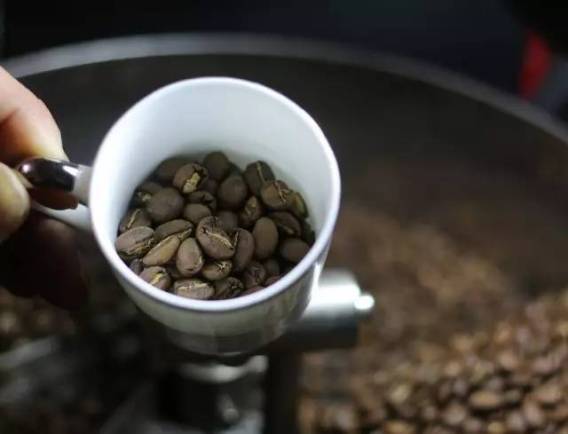
The characteristics of ● coffee beans can be divided into four types.
When it comes to the baking stage, it may be acceptable, but if there are 16 stages or 32 stages, you may back off. However, I always believe that this kind of training will be of great benefit in the future. Why learn something so complicated? The main purpose is to enable you to bake exactly the degree of baking you want at any time and stop baking at the right time.
In the old work "the Collection of Fine Coffee", all kinds of coffee beans are divided into four types according to their characteristics. To put it simply, from soft A-type coffee beans of low real estate to hard D-type coffee beans of high land are distinguished in different colors, indicating the baking method and baking degree consistent with their type.
For example, coffee beans from highlands such as Kenya and Colombia are classified as type D because of their thick meat, large grains and high water content. Type D coffee beans have poor heat permeability and strong sour taste, so it is not suitable to adopt the baking degree of "light baking to moderate roasting" like type A. It is more suitable for "medium-deep baking to deep baking" which will produce a strong bitter taste.
What would happen if type D coffee beans from Kenya or Colombia were roasted with shallow roasting similar to type A? I'm afraid the heat can't penetrate the bean core, producing a "sour taste" mixed with bitterness and acid. Nor can it lead to its inherent bitterness and mellowness. In this way, the rare Kenyan or Colombian coffee beans will be wasted and end up in vain.
In order to reduce even a little of this "useless work", I figured out a baking table named "systematic Coffee" (see table below). If you use this summary table, you won't make the stupid mistake of using the shallow roasting of roasted A-type coffee beans to bake hard D-shaped coffee beans. Each kind of coffee bean has its own suitable or unsuitable baking degree. Making delicious coffee with obviously unsuitable roasting degrees is nonsense.
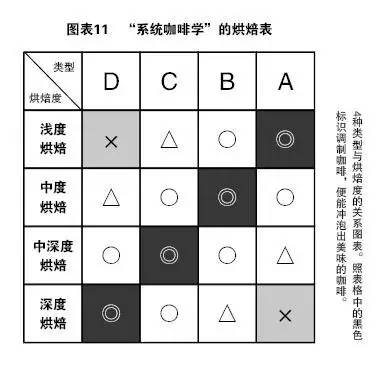
The baking degree of ● is more important than the name of origin
Ever since I roasted my coffee (that is, 40 years ago), I have always insisted that it is not so much the name of origin as the degree of roasting that determines the taste of coffee. Of course, some people will listen to my views, but these people are in the minority. This is because at that time, most people naively believed that only the "brand of origin" was the biggest factor determining fragrance. Even today, people often hear about the bitterness of mocha acid, manning and Colombian coffee. As Brazilian coffee belongs to the neutral taste between the two, so mocha, manning and Brazilian coffee are in the form of 3 ∶ 3 ∶ 4 to maintain the balance of taste, or when you want to be bitter, they often use the form of Brazilian 3 ∶ Colombia 3 ∶ mocha 3 ∶ manning 1, etc., this so-called "matching guide" has been seriously discussed by people, and all their own roasting coffee shops believe and practice. These are just "digital combinations", and although I am quite stunned in my heart, I am outnumbered after all.
Of course, the name of origin will determine the taste characteristics and variety characteristics of coffee. However, the difference between Arabica and Bobang coffee is not as obvious as that between Arabica and Robusta. Mr. Danbu shares my view. The specificity of Rosa coffee, which exudes luxurious fruit aromas, should be an exception.
Here, I would like to repeat the main points that I think are very important. Although sour taste is the inherent taste of mocha, if baked deeply, the sour taste will disappear and gradually produce bitterness. On the contrary, Mantenin coffee characterized by bitterness will have a strong sour taste if it is fried in a shallow degree. The key is that shallow baking leads to acidity, while deep baking makes bitterness more pronounced, so the strength of sour and bitterness is not inherently specific. It is baked at a certain degree of baking before it has a specific "certain taste". Everyone may be tired of hearing about this principle, but it is precisely because of its importance that it is repeated.
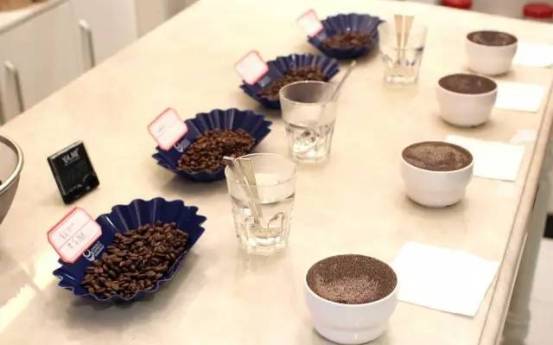
● divides the baking degree into eight stages.
As mentioned earlier, the baking degree is divided into 4-32 stages, but in general, it can be divided into 8 stages, which are as follows:
① light baking / cinnamon baking (= light baking)
② medium Bake / High Bake (= medium Bake)
③ City Bake / Deep City Bake (= medium depth Bake)
④ French baking / Italian baking (= deep baking).
What needs to be explained to beginners in advance here is that coffee beans are roasted roughly twice "burst". The so-called "burst" means that the coffee bean shrinks and expands after heating and cracks. The coffee beans will swell due to bursting.
In ① shallow roasting, light roasting is when coffee beans are roasted until the first burst begins; cinnamon roasting is on the way to the first burst.
In ② medium roasting, medium roasting is when the coffee beans are roasted until the end of the first burst, while high roasting is when the wrinkles of the coffee beans begin to stretch and the aroma changes.
In ③ deep roasting, urban roasting refers to the roasting of coffee beans until the second burst period, and deep city roasting refers to the roasting degree of coffee beans until the end of the second burst period.
In ④ deep roasting, French baking is the stage in which coffee beans are still a little brown in black, while Italian baking is the stage in which coffee beans are roasted until the brown disappears and turns completely black. So, even if the baking degree of 4 stages and 8 stages is set, some people will have subtle deviations in the application of this standard. Why on earth is this? This is because it is also "medium-deep baking", and the feelings of sour and bitter taste vary from person to person. In this way, there will be obstacles in terms of "reproducibility of taste".
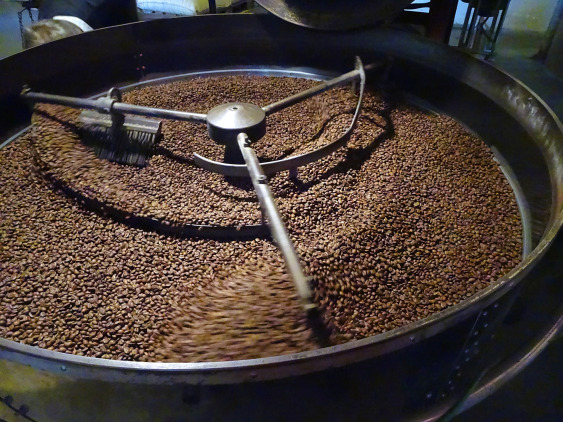
So, how to solve it? First of all, standards must be established. For example, take a moderately roasted Brazilian Brazil Washed coffee bean as an example, the coffee bean is set as the central axis of medium and deep roasting, and the baking degree is set according to whether the sour taste of the roasted coffee bean is stronger or weaker and the bitterness is stronger than that of the bean. With this standard, you can specifically imagine the taste of moderate baking, and it is easy to bake a stable taste. In addition, it is easy to guide the staff. By the way, the roasting degree of Baja coffee as a standard is shown below.
● shallow Baking-Cuban Crystal Mountain (Cuba Crystal Mountain)
● medium Baking-Brazilian Water washing (Brazil Washed)
Deep Baking in ●-- selected Grade of Colombia Supremo, Colombia
● Deep Baking-Peru Celso (PeruExcelso)
However, it is difficult for some coffee beans to start steadily, so at present, other coffee beans are mainly selected from types with the same characteristics (for example, type An or type B) for roasting.
The eight stages of ● "after the emergence of Fine Coffee"
Above we reviewed the roasting before the emergence of boutique coffee, and then we will talk about the situation after the advent of boutique coffee. After the emergence of boutique coffee, the problem of roasting degree is mainly the problem faced by the formal cup test.
The pointer "caramelization tester (Agtron Scale)" is used in the rules of SCAA. The roasting degree of coffee is determined by spectrophotometer using the food sold by Agtron Company in Nevada, USA. When not using the machine, use the color plate (see the next page) to check whether the coffee powder used in the cup is within the range of # 65 coffee powder 55.
The pointer of "caramelization tester (Agtron Scale)" is divided into eight stages from # 95 with low baking degree to # 25 with high baking degree, which may not be consistent with the 8 stages before the emergence of boutique coffee.
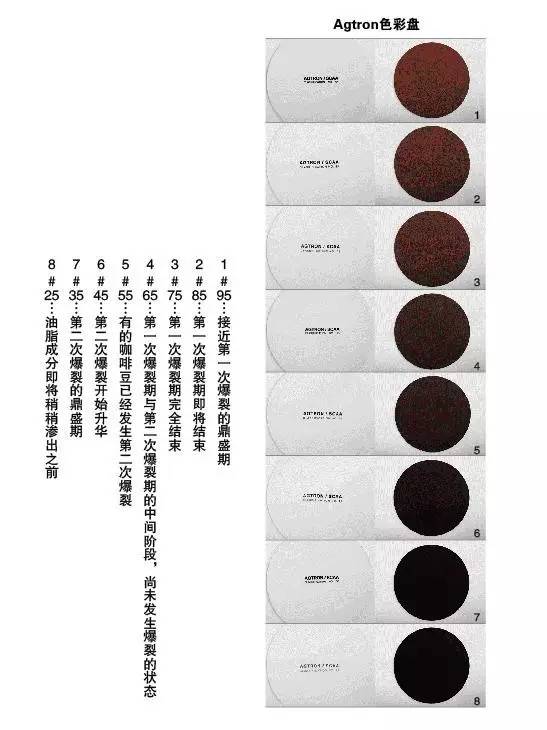
Furthermore, the classification of the "caramelization tester" excludes light baking and Italian baking from the previous eight stages, and divides the remaining cinnamon baking and French baking into eight stages.
Let's talk about my opinion on the pointer.
(not to mention the very light roasted coffee of # 95, does SCAA think that coffee roasted more deeply than # 25 is not good? )
Is the coffee roasted deeper than # 25, that is, Italian-baked coffee, not worth tasting? This kind of thing doesn't exist. This kind of roasted coffee is definitely not just bitter. Now the coffee in Kenya and India in my store is higher than # 25. Americans attach importance to sour taste and aroma, and have a tendency to ignore bitter taste. But I think high-quality bitterness is the greatest charm of coffee, maybe this is just my personal opinion!
● visualizes changes in taste and aroma
Next, please take a look at the following picture. The chart shows the changing state of the ingredients after roasting and extraction assuming that the composition of raw coffee beans is 100%. If the temperature is 200 ℃ for 20 minutes, the original composition of raw beans will be reduced. However, only caffeine has hardly decreased. This is a very rare situation.
Through the chart, we can know how the original composition of raw beans changes. At the same time, it was also found that bitterness, chlorogenic acid, aroma and sour taste from caffeine and other components were closely related to sucrose. There is no need to figure out why this is happening, just know that there is such a phenomenon. After baking and extraction of raw beans, it is enough that the increase or decrease of ingredients can produce a certain image in the mind.
How roasting will change the taste and aroma of coffee is what coffee-related people are most concerned about. The aroma table is a collection of the latest research results from all over the world to visualize the taste and aroma changes brought about by baking from a scientific perspective.
The collaboration of ● scientists and technicians
We know that there are nearly 1000 aroma components in coffee. About 30 of them play a very important role. The "baking aroma table" shows how the typical components of taste and aroma change with the progress of baking (horizontal axis). By the way, the vertical axis represents the concentration of the ingredients in the roasting process of the coffee bean, and the lower part represents the color standard of the coffee bean corresponding to the "L value". At first glance, it may be confusing because it is filled with a lot of information, but if you pay attention to each element, you will get a lot of knowledge from it.
For example, at the top of the "baking odor", you can see the changes that begin with the four odors emitted by carbohydrates (fruity, cream, caramel and spice), and their peaks are gradually shifting. With the progress of baking, the four smells were mixed and intertwined in turn, so the first half was fruity and grass, and the second half gradually changed to caramel and spice. In the actual baking process, the respective peaks and timing will have some deviation, but the order itself will hardly have a big change.
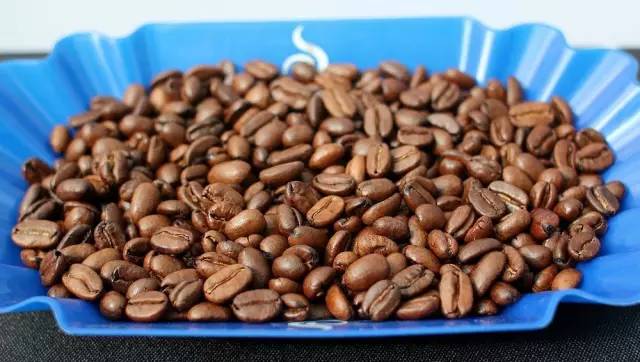
The bitterness and mellow fragrance of ● come from "complexity"
Secondly, let's take a look at the "aroma table". Starting from light baking, before reaching moderate baking, the sour taste is dominant and the bitter taste is slightly weaker. However, after moderate roasting, "the authentic bitterness of coffee (chlorogenic lactone) peaked, and the bitterness of espresso (vinyl catechol oligomer) began to increase in the form of replacement. In the process from medium roasting to deep roasting, the bitterness of these two types of coffee changes gradually (from one thing to another). Mr. Danbu believes that "this bitterness is at the core of the taste of coffee." On the basis of other types of bitter ingredients, the overall bitterness of coffee is formed. Especially from medium roasting to deep roasting, the bitterness of coffee becomes complicated after a variety of bitter ingredients accumulate. This "complexity" gives the coffee "depth", which makes the coffee taste mellow and fragrant.
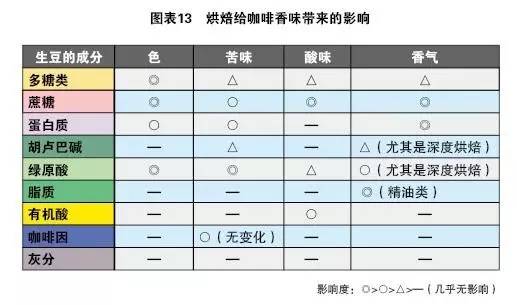
In his book the Secret of mellow fragrance and delicacy, Mr. Fumuheng, a professor at Kyoto University, believes that mellow fragrance "is a complex entanglement of many tastes, and many stimuli are so much that individual tastes cannot be recognized." it is a feeling when many flavors are mixed together. In other words, "complexity" is the true face of mellow and fragrant.
Content redirected from: quantum coffee
Important Notice :
前街咖啡 FrontStreet Coffee has moved to new addredd:
FrontStreet Coffee Address: 315,Donghua East Road,GuangZhou
Tel:020 38364473
- Prev
Comparison table of roasting degree of coffee beans how to bake coffee beans at home and judge the roasting degree of coffee beans
Professional barista communication please follow the coffee workshop (Wechat official account cafe_style) 1. When studying the roasting degree of coffee beans, the degree of roasting can be judged by sound, color and aroma. Its color ranges from light gray to dark brown, its aroma is from light and elegant, and the sound is made two times. Take the heat-resistant raw bean as an example, the first explosion begins at about 7 points and lasts for about 2 minutes.
- Next
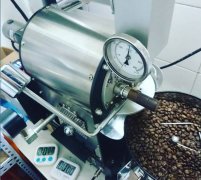
The influence of roasting on Coffee Flavor Secrets of coffee roasting other factors affecting coffee roasting
Exchange of professional baristas Please pay attention to the rich and charming aroma of coffee roasted in the coffee workshop (official Wechat account cafe_style). The 700 or 800 aroma ingredients of raw beans must be awakened by professional roasting. Without this roasting process, coffee is just an uncomfortable taste of the sun or water, let alone as a drink. Raw beans go through five to seven
Related
- Beginners will see the "Coffee pull flower" guide!
- What is the difference between ice blog purified milk and ordinary milk coffee?
- Why is the Philippines the largest producer of crops in Liberia?
- For coffee extraction, should the fine powder be retained?
- How does extracted espresso fill pressed powder? How much strength does it take to press the powder?
- How to make jasmine cold extract coffee? Is the jasmine + latte good?
- Will this little toy really make the coffee taste better? How does Lily Drip affect coffee extraction?
- Will the action of slapping the filter cup also affect coffee extraction?
- What's the difference between powder-to-water ratio and powder-to-liquid ratio?
- What is the Ethiopian local species? What does it have to do with Heirloom native species?

